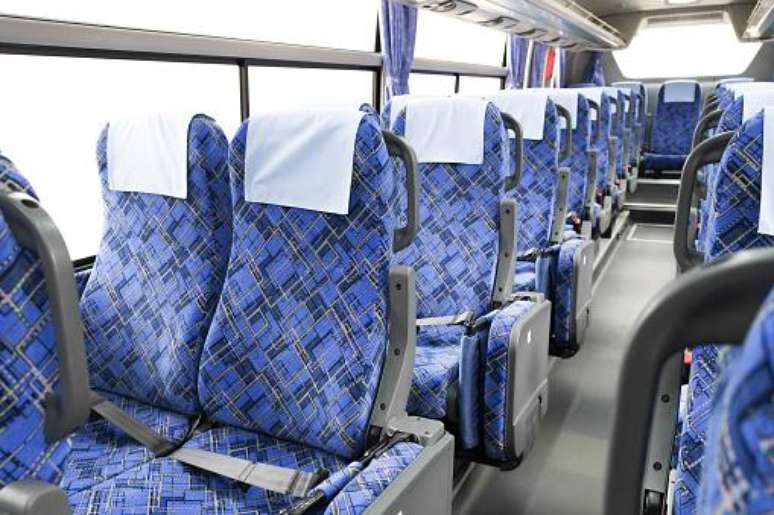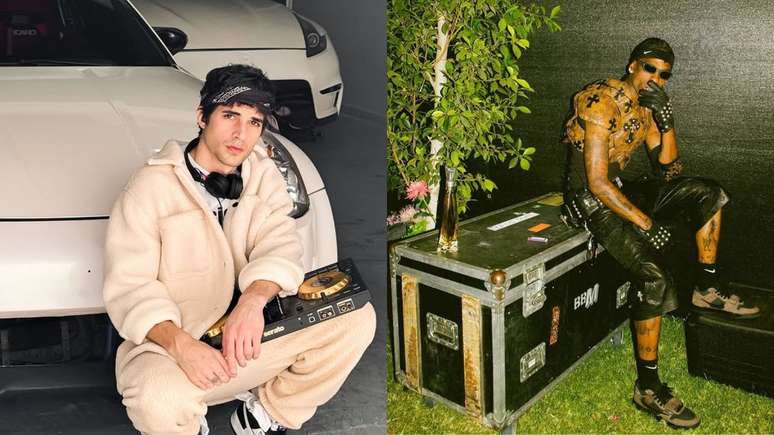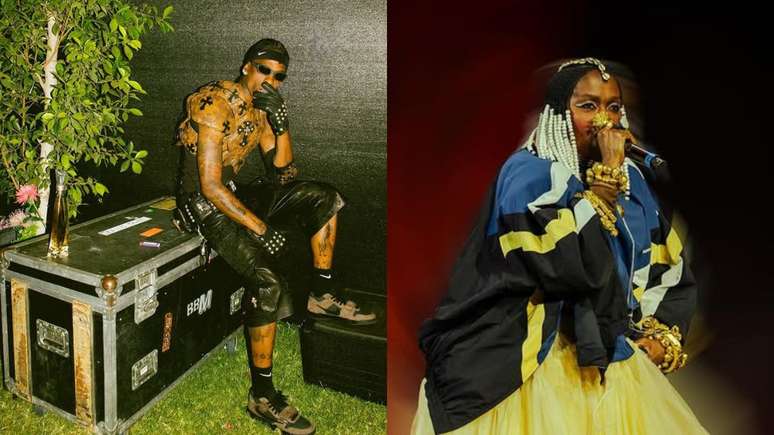Have you noticed that you can go to different cities, but the “face” of public transport is always the same? The benches of trains, subways and buses in various parts of the world have a very similar finish: a type of woolen fabric with prints in various chaotic patterns, often in blue, yellow and red. Well, the choice of fabric and prints is not in vain and could have a rather disgusting reason: to help hide stains and dirt.
The upholstery of public or collective transport has different objectives. In addition to being comfortable, it must be durable, easy to clean or maintain and, preferably, economical. If in the past vehicles were equipped with wooden seats, the need for a little more comfort soon arose.
The choice of fabric
It was in the 1920s that London found an ideal fabric, which would be copied throughout much of the world: carpet (the word comes from the French carpet, meaning “carpet”). Before coming to this option, wicker, leather, leatherette, velvet and silk were common choices for carrying.
Moquete is a mix of wool (85%) and nylon (15%), similar to carpets, but with a cotton backing. It was chosen by London Public Transport for a number of features, including its low price, high durability and ease of large-scale production. Carpet also helps retard the flame and doesn’t stay wet for long.
One of its secrets is the fiber design, which gives the fabric a velvet-like texture, generating more comfort for users, and which can be finished rolled or opened. This allows dust and other types of dirt to penetrate the fabric, leaving the surface cleaner. If you hit the sofa in your home, the dust may fly up, but if you hit a rug or carpet covering, the dust will not fly up.
In carpet, water also spreads between the fibers, increasing the contact surface and drying more quickly, which is great for humid climates. This type of fabric has spread rapidly throughout the world and is currently the most widespread in public transport that does not use plastic or metal seats.
Patterns in prints
With the type of fabric, the pattern of the designs was also uniform. The explanation for your choice is simple: a fabric in a solid colour, or with a large logo and few colours, would be very subject to dirt stains, which will inevitably form.
Therefore, designs with intricate geometric patterns, bright colors, various small themes and mixtures of tones are common. Even cities that have a visual identity in transportation design standards still follow this “rule”. This helps hide any marks on the seat, giving a cleaner feel when in transit.
Source: Terra
Ben Stock is a lifestyle journalist and author at Gossipify. He writes about topics such as health, wellness, travel, food and home decor. He provides practical advice and inspiration to improve well-being, keeps readers up to date with latest lifestyle news and trends, known for his engaging writing style, in-depth analysis and unique perspectives.








